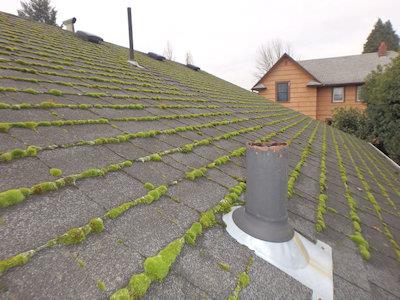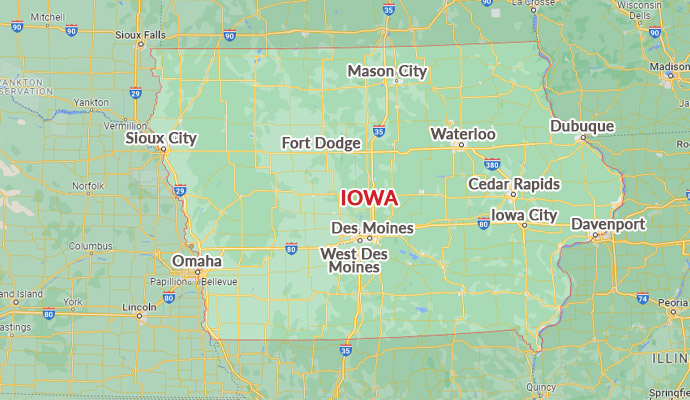Do I Need to Replace My Roof if It Has Moss?
September 2019 by Heartland Roofing Siding and Solar
The plain and simple answer is yes. Moss can severely damage the structural integrity of any type of roof. Moss is a simple plant that does not produce flowers and grows in blankets in natural environments. You commonly see moss covering trees or in a landscape of a forest canopy, which can be beautiful depending on the circumstances. However, moss growing on your rooftop is not considered lovely and should be deemed as a nemesis to your roof.

Moss commonly thrives in environments that are damp and shaded. Moss absorbs the moisture from the damp environment and establishes roots on your roof causing the beginning of roof degradation. The roots can lift shingles and constant moisture can lead to bacteria and mold growth. This eventually can lead to holes in your roof and leaks into your home. It is also dangerous to walk on a moss-covered roof because it makes surfaces very slippery when wet. It’s very important to monitor for moss growth and treat as needed. If you live in an area that is frequently damp or in the woods, you should take steps to prevent moss growth on your roof.
Treat Moss Roof Problems
- Remove moss with a garden water hose and by hand scraping. Using a pressure washer can cause even more damage to your roof, so unless you’re a skilled professional, stay away from the pressure washer!
- Bleach moss away. Bleach will kill moss but is extremely corrosive, will damage vegetation and discolor your roof. If you choose to use bleach, make sure you wear proper protective gear, i.e. mask and goggles, and dilute it. You may need to hand scrape the moss off.
- Moss control powder. This is one of the best ways to remove moss from roofs. Made from zinc sulfate, these powders do not damage the structures of roof, but can potentially harm wildlife and vegetation. Use caution if living near a habitat that contains aquatic wildlife. Many roofing companies offer this option as a treatment for moss covered roofs.
Prevent Moss
- Trim tree branches from the roof area to prevent further moss growth.
- Keep your roof free of debris from leaves and sticks
- Keep your gutters free of leaves
- Zinc Strips. This is one of the safest methods to prevent future growth of moss. Nail zinc strips along the ridge caps along the peak of the roof. When it rains, zinc is released onto the roof and powerfully inhibits moss growth. Zinc strips usually last for 1 year and work best if started in a moss-free environment.
Remember that moss growing on your roof can cause damage down the road and is best treated in the early Stages. It’s much easier to remove new moss growth, than moss that has grown for 10 years.
Think you need repair or want a professional opinion about your roof’s health? Call us at 515-219-4847 or on our CONTACT PAGE to request an appointment from one of our trained professional inspectors.

